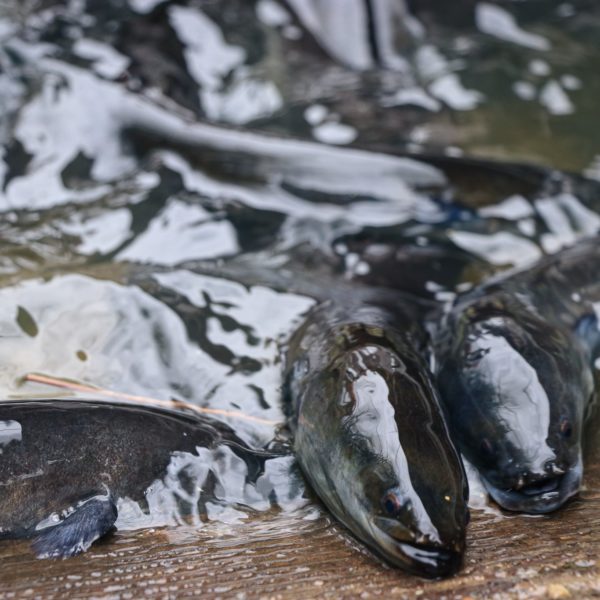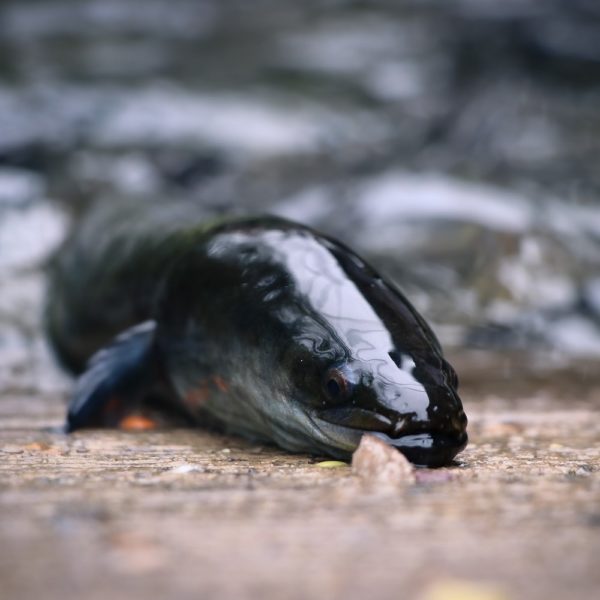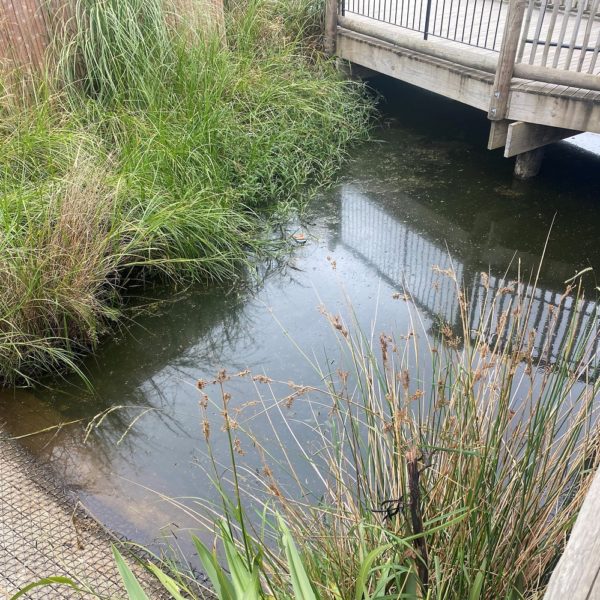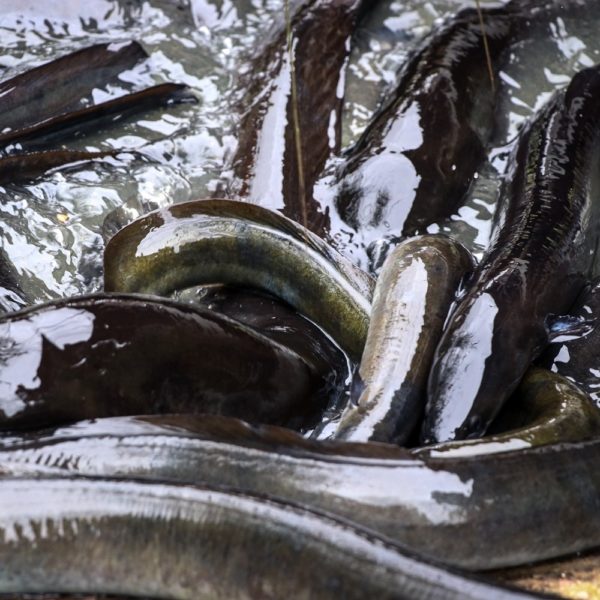New Zealand short-finned eels
Come along to our wetlands at Butterfly Creek and say hello to our family of wild short-finned eels! These creatures are one of two native species to Aotearoa with a pretty amazing life cycle. Toward the end of their lives, eels will travel from their freshwater environment to the ocean where females lay their eggs, and the males will fertilize them. Eggs will then hatch into larvae and drift back towards New Zealand, which can take around 17 months. Larvae then change into transparent juvenile eels and as they get older, are known as elvers when their colouring darkens. Elvers move upstream and find a suitable place to live, where they grow into adults. 10 or more years later, adult eels head out to sea to breed, and the cycle continues.
Aotearoa has seen a loss of wetlands across our country which has resulted in a decline in our numbers of eels over the years. We are so pleased to share our wetlands with these incredible animals, where they can live freely and safely before they travel back out to the sea to reproduce toward the end of their lives.
Free Daily Eel Encounter
Come along to our wetlands platform at 11:00am each day for our free daily eel encounter. You will experience their wild feeding frenzy and learn about these fascinating native creatures.
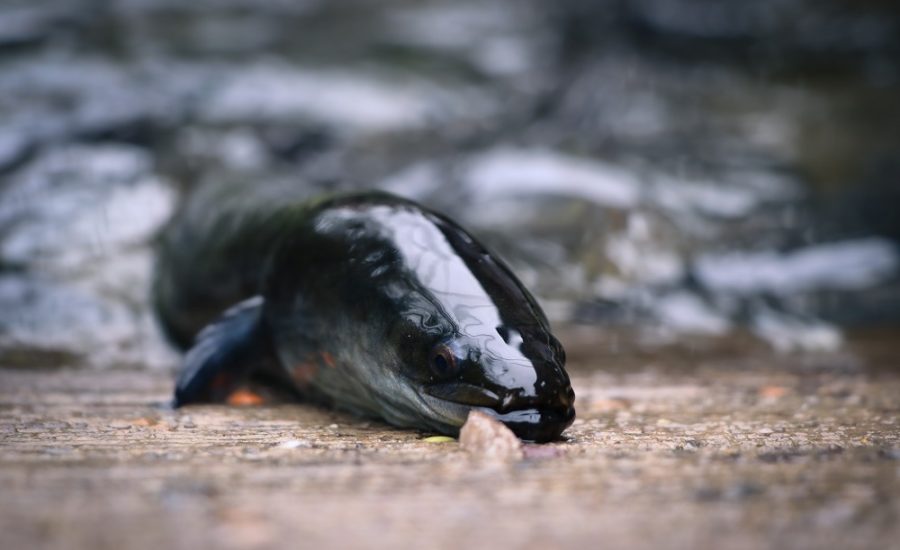
Did you know…
- Female freshwater eels can lay up to 20 million eggs! This increases the chance of some of the larvae surviving the long and perilous journey to New Zealand.
- NZ freshwater eels have a highly developed sense of smell (better than most fish)
- NZ freshwater eels have poor eyesight but are photosensitive (meaning they react to light intensity)
- While they take in most of their oxygen through gills, they can take in a small amount of oxygen through their skin if their skin is moist
- Their inner ear contains a very small bones called the otolith. This bone has annual growth rings that can be counted under a microscope and can be used to determine age – rather like you’d count the rings of a felled tree.
- They are opportunistic feeders and their prey includes invertebrates, crustaceans, shellfish, fish, birds and other eels.


